Home » Hunting Culture » Most Popular Game Birds By Access and Generation
Most Popular Game Birds By Access and Generation
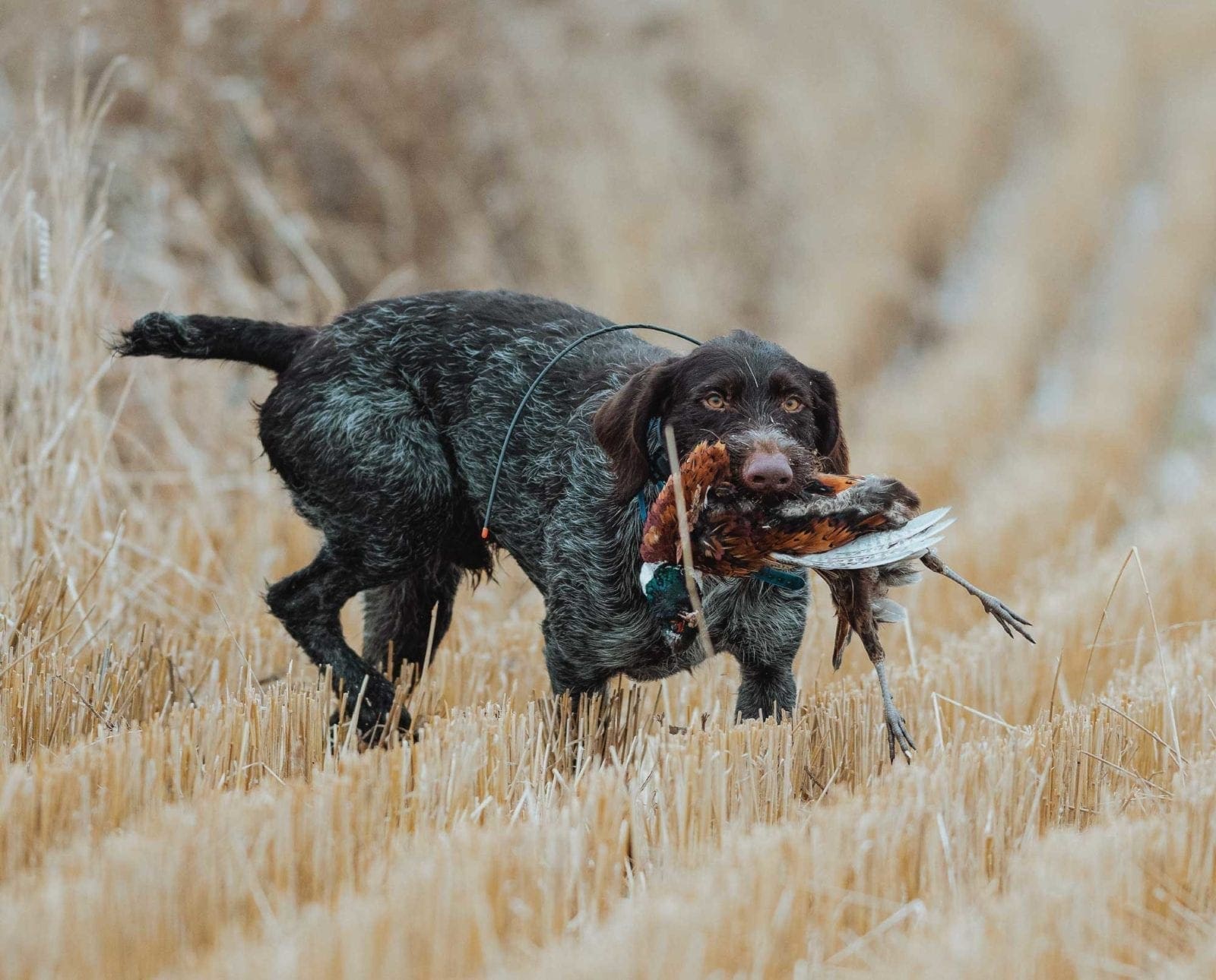
A.J. DeRosa, founder of Project Upland, is a New England…
How is the future of game bird hunting trends changing in North America?
Will the future of upland hunting look different? I always ponder that question and I know, no matter what, things will change. There is no doubt the decline of key species will play an unalterable role in this evolution of future generations’ hunting habits. But what hints can we see right now of what’s to come?
Anything that mentions things like “most popular” or “best of” instantly sends up red flags with all of us. That’s why a casual “user beware” statement is important. This article is not meant to say one species is better than another or to indicate preferences based on region, which can have a massive impact on availability. Data changes as we focus on generations, look at access and consider differences between first-generation hunters and multi-generational hunters. This data comes from our 2020 Project Upland survey and reflects various breakdowns of the information. As with all our research, it’s to track how things change and what we can learn from it.
Read: Top 5 Most Popular Upland Game Birds of 2019
No. 1: Pheasants still rule the world
While I have never hunted a wild pheasant myself, I have shot my fair share that wandered off hunting preserves while woodcock hunting. They do not lack for fun or excitement and are just a wee bit bigger than a timberdoodle. Among Millennials, 68 percent said they hunted more than 3 days for pheasant in 2019, making it the most popular of all the game species among this generation. Generation X came in just slightly lower than Millennials at 67 percent and Baby Boomers came in higher at 72 percent.
Put-and-take programs in many states have been cited as a great way to recruit new hunters. But according to the data we mined, first-generation hunters (meaning they did not have a parent that hunted), were 4 percent less likely to hunt pheasant. Of public lands hunters, 57 percent said they hunted pheasant compared to 63 percent of private land hunters.
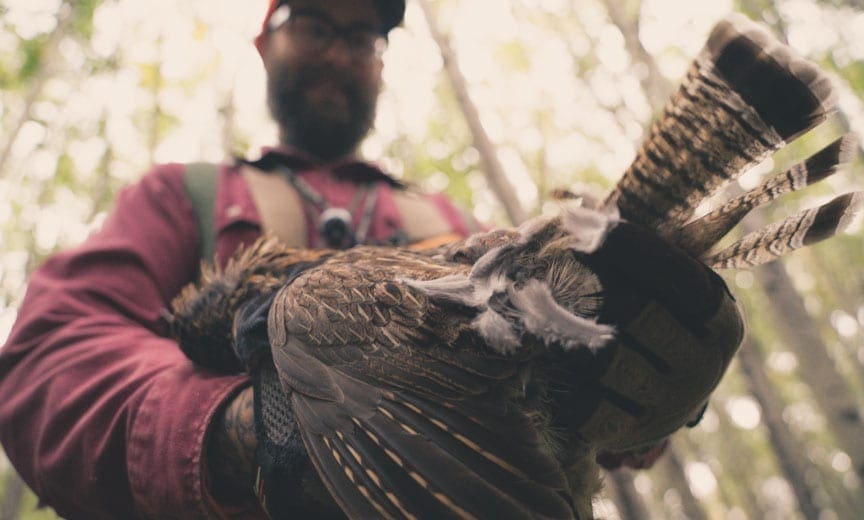
No. 2: Ruffed grouse are no slouch
Maybe Project Upland is a bit of a vacuum when it comes to ruffed grouse hunting but they have consistently held the No. 2 spot for several years. However, in this case, Baby Boomers are a little more ambitious for ruffed grouse. Among Baby Boomers, 51 percent hunted ruffed grouse in 2019 while only 45 percent of their Millennial counterparts did. While we did not have data by region, other forest grouse species were hunted at a greater rate by Millennials than Baby Boomers. This included both dusky grouse and sooty grouse, known to many as blue grouse.
First-generation hunters hunted them at a rate 7 percent less than people who grew up hunting. The most stark data point on ruffed grouse was with regard to hunting on public lands versus private lands: ruffed grouse was hunted by 54 percent of public lands hunters but only by 24 percent of private lands hunters.
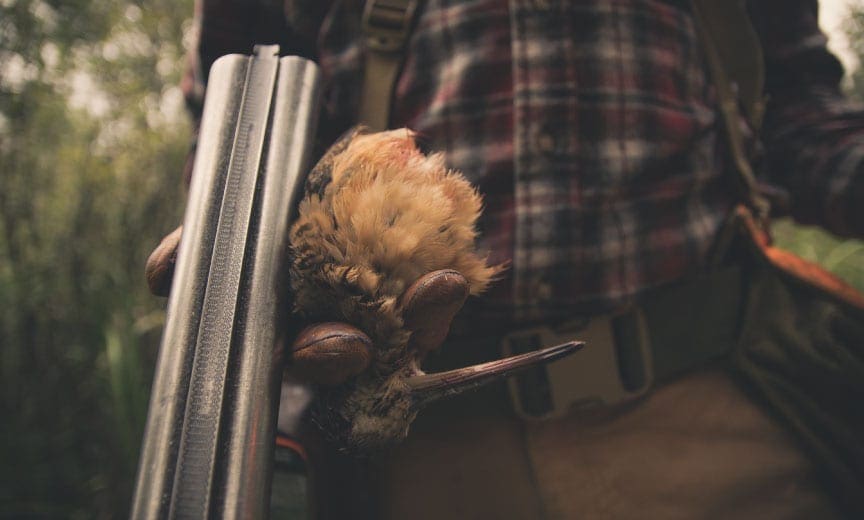
No. 3: Woodcock are a Godsend
American woodcock make wild bird hunting possible for many of us in places where native bird populations like ruffed grouse and bobwhite quail are not looking so good, which made us regret not asking about region in the survey. Notably, woodcock are also neighbors to the ruffed grouse for a significant portion of the season. There was a 3 percent difference between Baby Boomers and Millennials when it came to woodcock hunting; ruffed grouse was a 6 percent difference.
Interestingly enough, this finding supports the conclusion that woodcock continues to grow in popularity among both younger and newer hunters. Among first-generation hunters, 37 percent cited hunting American woodcock and established hunters did so just 1 percent higher. It comes as no surprise after the grouse data that public lands hunters almost double the rate of private land hunters.
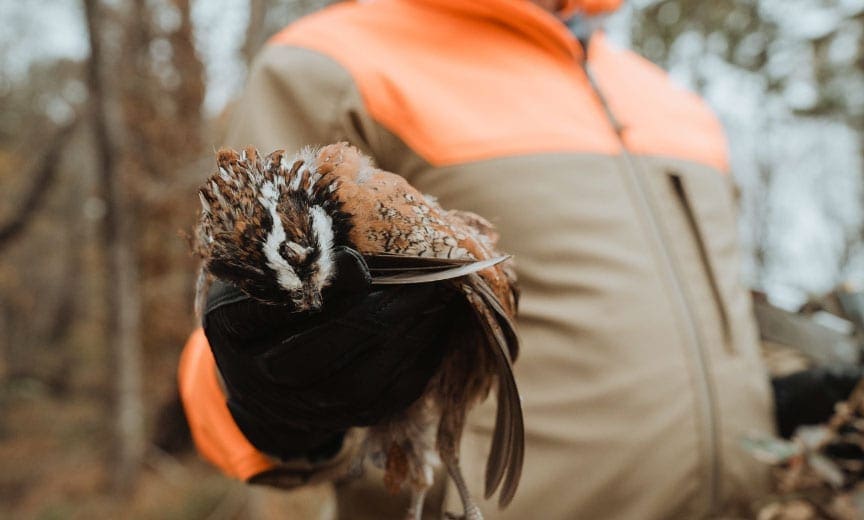
No. 4: Bobwhite are still prince of the uplands
Coming in No. 4 and neck-to-neck with the American woodcock is the bobwhite quail for mainly Baby Boomers at 37 percent. Among Millennials, the number dropped to 24 percent. First-generation hunters to established hunters only varied by 1 percent.
The significant gap really came with access to land. At 44 percent—over double the rate of public lands—private land hunting was an eye-opener. It is especially important to note that although bobwhite quail fell in at the fourth spot overall, it was ranked second for private land hunters after pheasant.

No. 5: We all Hunt Doves When We Can
Doves hunting held the No. 5 spot overall in this survey and are the last “agreed upon” game bird when it comes to age and first-generation hunters.
While Millennials are clearly eating a lot of dove poppers and tacos coming in at 34 percent, 29 percent of Baby Boomers still ranked this as their fifth most popular bird. Private land hunters hunt dove at a rate of 12 percent higher than public land hunters. This was actually the third most popular game bird among private land hunters another significant gap in the trend on access.
Game species popularity falls apart at No. 6
While we can come together generationally to agree on the first five most popular upland game birds, things fall apart at No. 6.
The sixth most popular upland game bird for Millennials was the chukar which was beat out by the sharp-tailed grouse for Baby Boomers. Although Generation X agreed that chukar was their sixth most favorite, Hungarian partridge were just 1 percent behind.
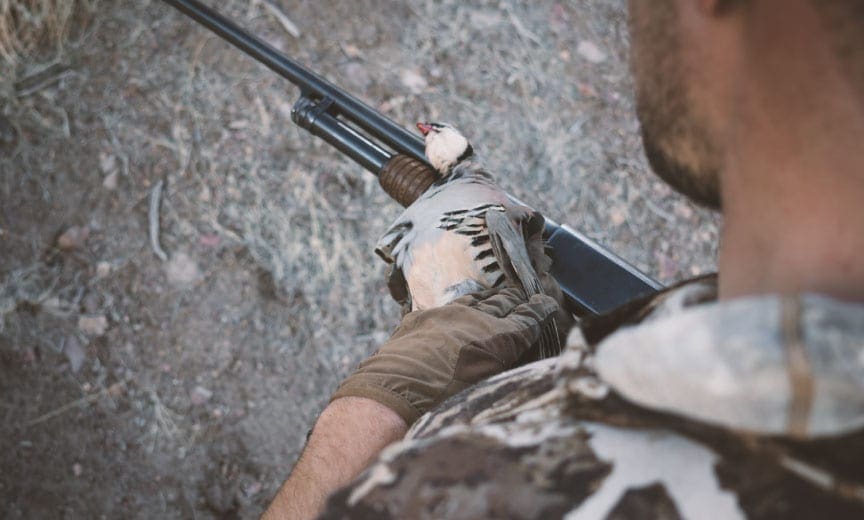
Unusual and noteworthy game bird trends
Probably the most unusual trend in the data was that first-generation hunters were pursuing mountain quail at twice the rate as people who grew up hunting. On the other hand, people who grew up hunting pursued sage grouse at twice the rate, unsurprisingly. Millennials also hunted California quail at a significant rate (9 percent). Southwestern quail species overall were slightly more popular among Baby Boomers.
Usually, when looking at generational gaps we see either a slow decay or increase in a consistent direction. The strange statistic in this regard was the prairie chicken. Prairie chicken became less popular from the Baby Boomer generation to Generation X. When Millennials came into the picture it increased again in popularity, within a half a percent of their Baby Boomer counterparts.
Overall the biggest variations came when looking at access. Those who hunted all public land had vastly different pursuits than those who hunted private land. Most hunters in varying generations were pursuing a large spread of game birds each season.
SUBSCRIBE to the AUDIO VERSION brought to us by: ESP – Digital Hearing Protection for FREE : Google | Apple | Spotify
A.J. DeRosa, founder of Project Upland, is a New England native with over 35 years of hunting experience across three continents. His passion for upland birds and side-by-side shotguns has taken him around the world, uncovering the stories of people and places connected to the uplands. First published in 2004, he wrote The Urban Deer Complex in 2014 and soon discovered a love for filmmaking, which led to the award-winning Project Upland film series. A.J.'s dedication to wildlife drives his advocacy for conservation policy and habitat funding at both federal and state levels. He serves as Vice Chair of the New Hampshire Fish & Game Commission, giving back to his community. You can often find A.J. and his Wirehaired Pointing Griffon, Grim, hunting in the mountains of New England—or wherever the birds lead them.



